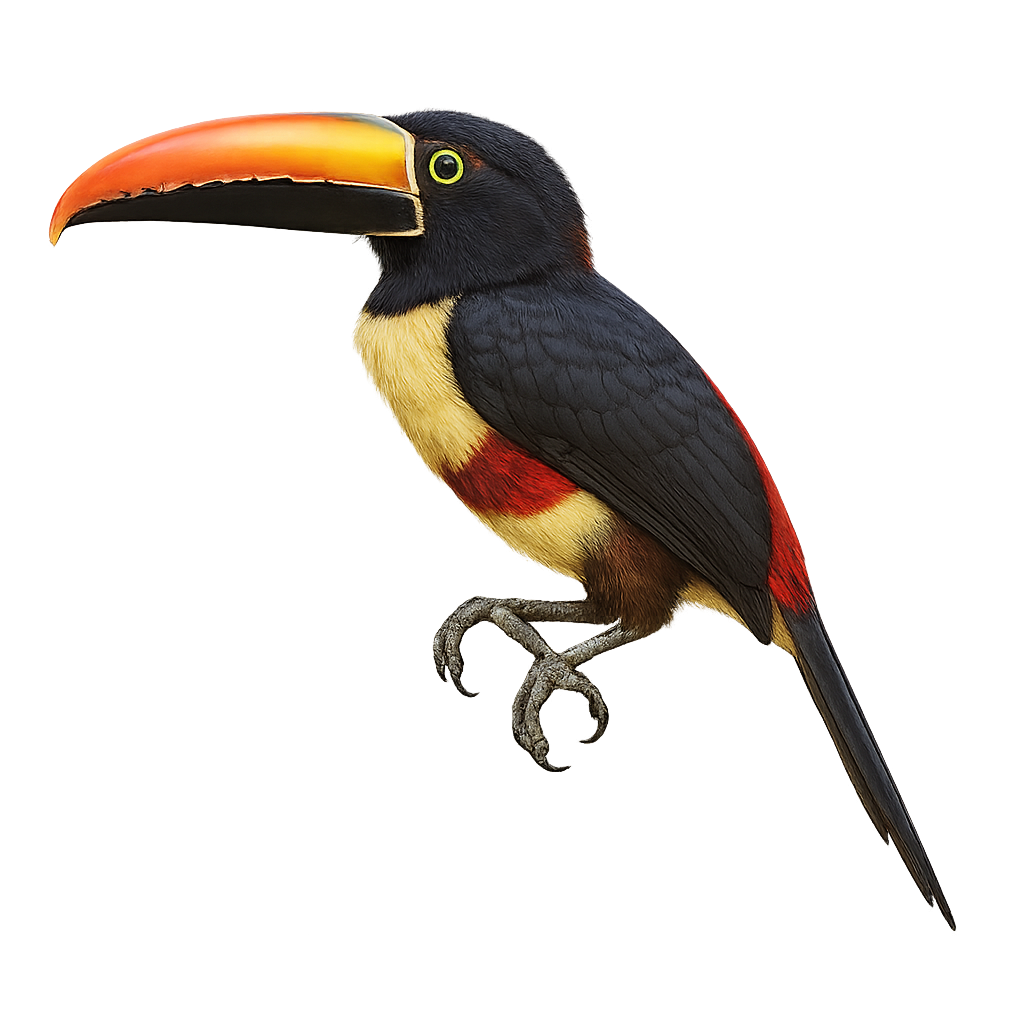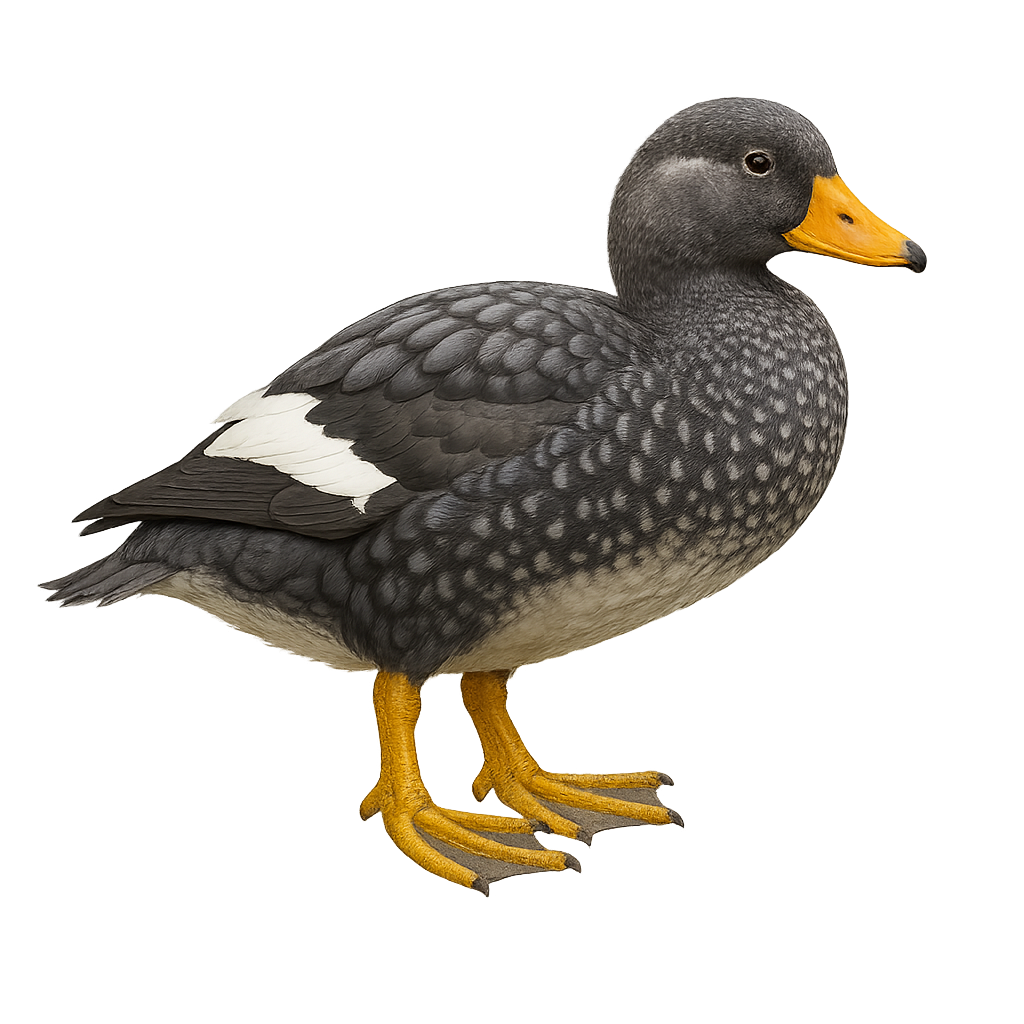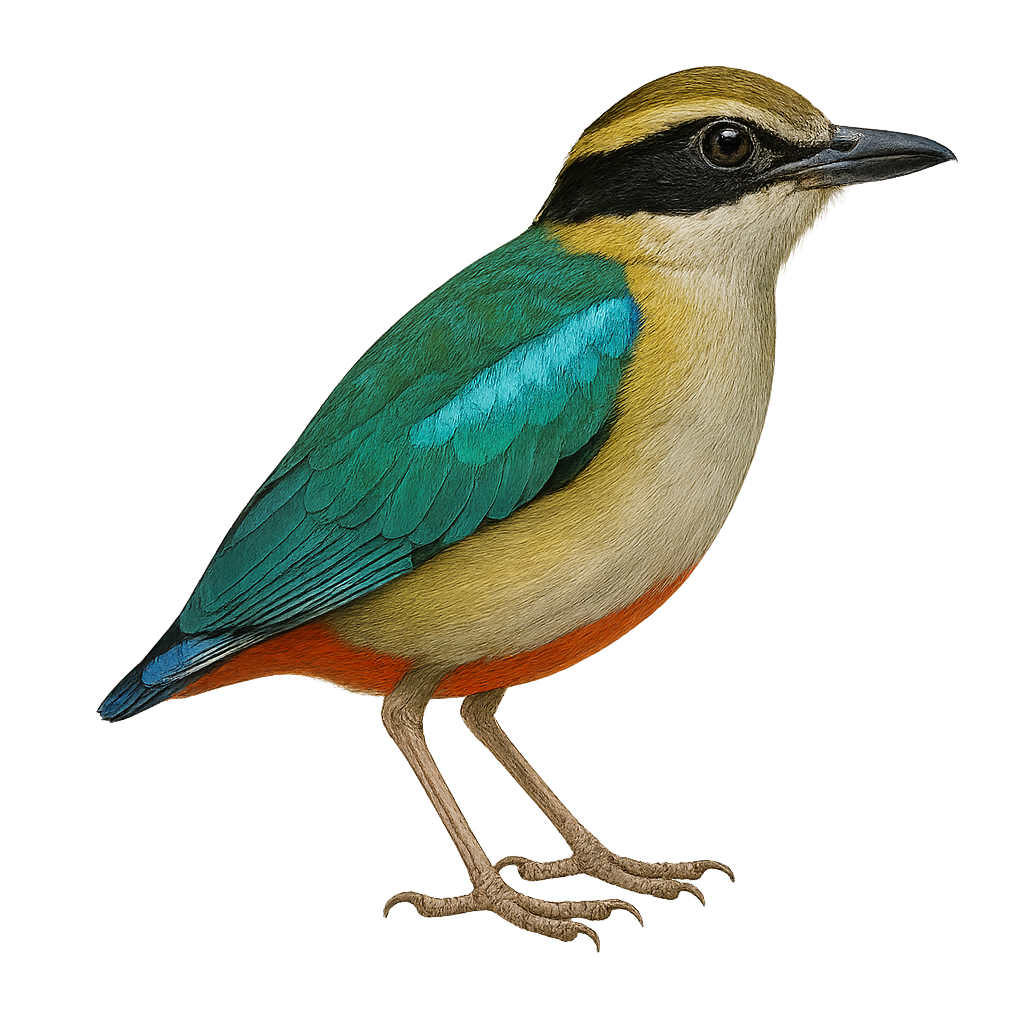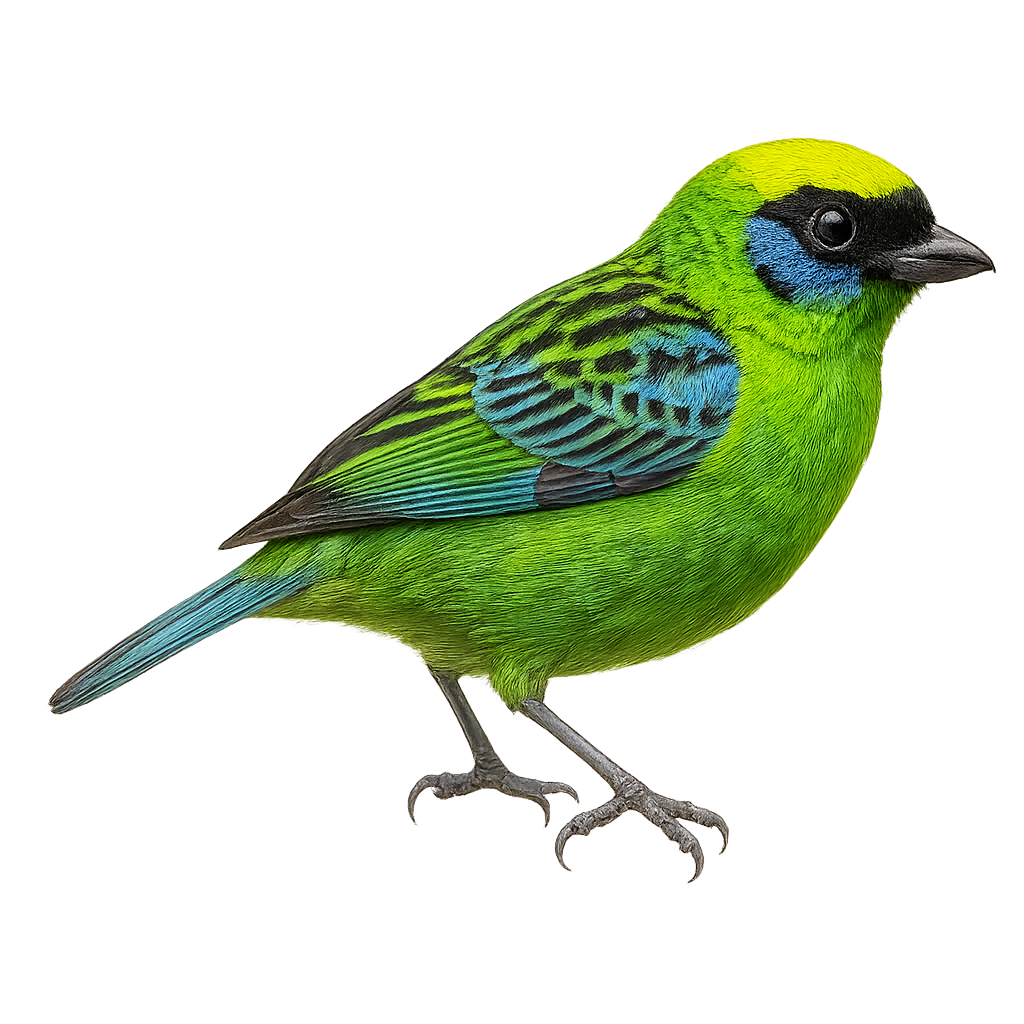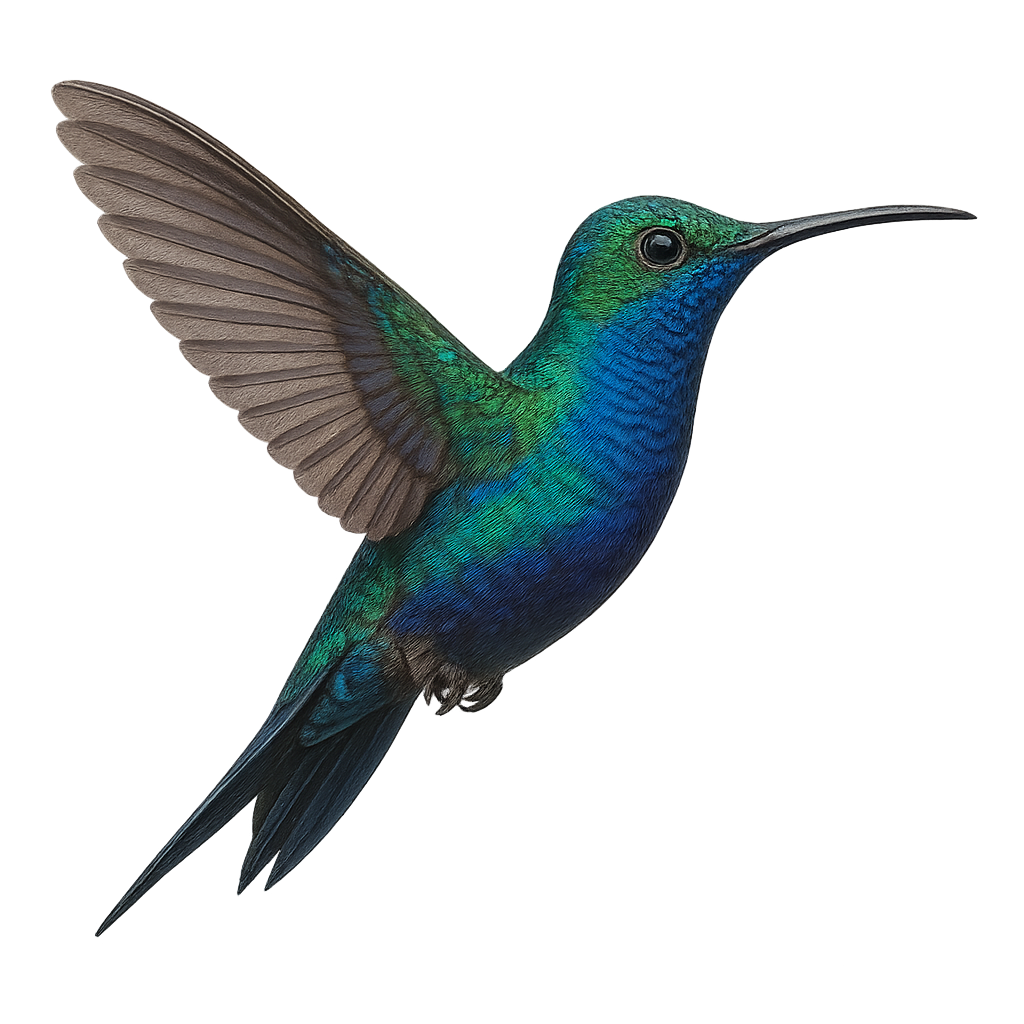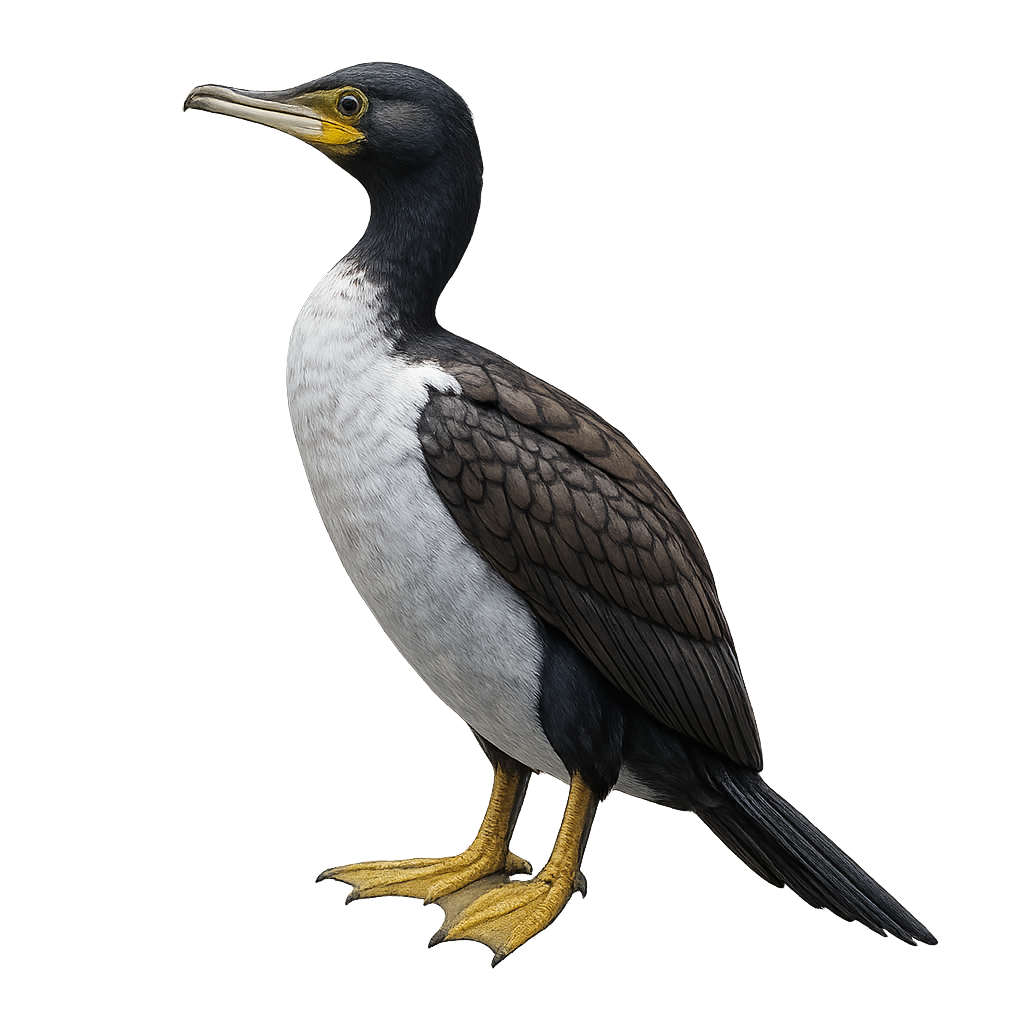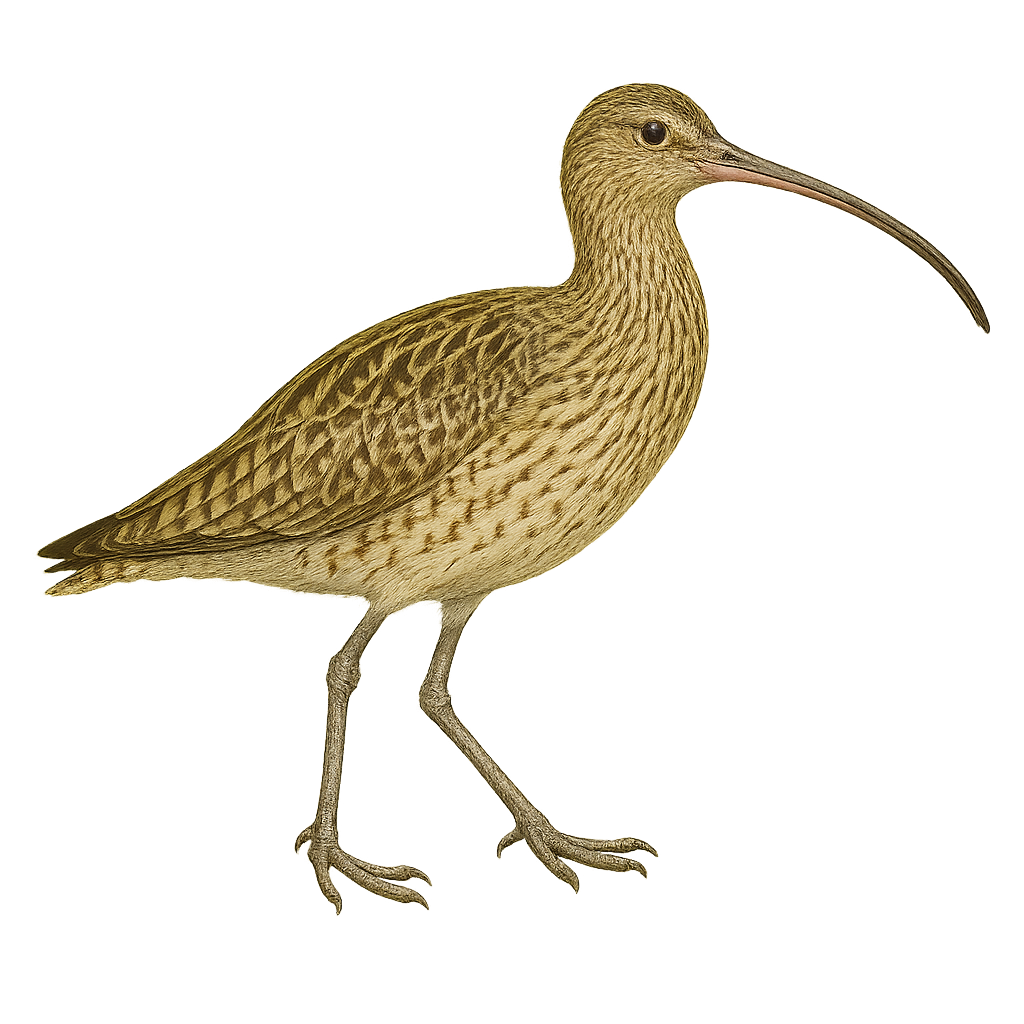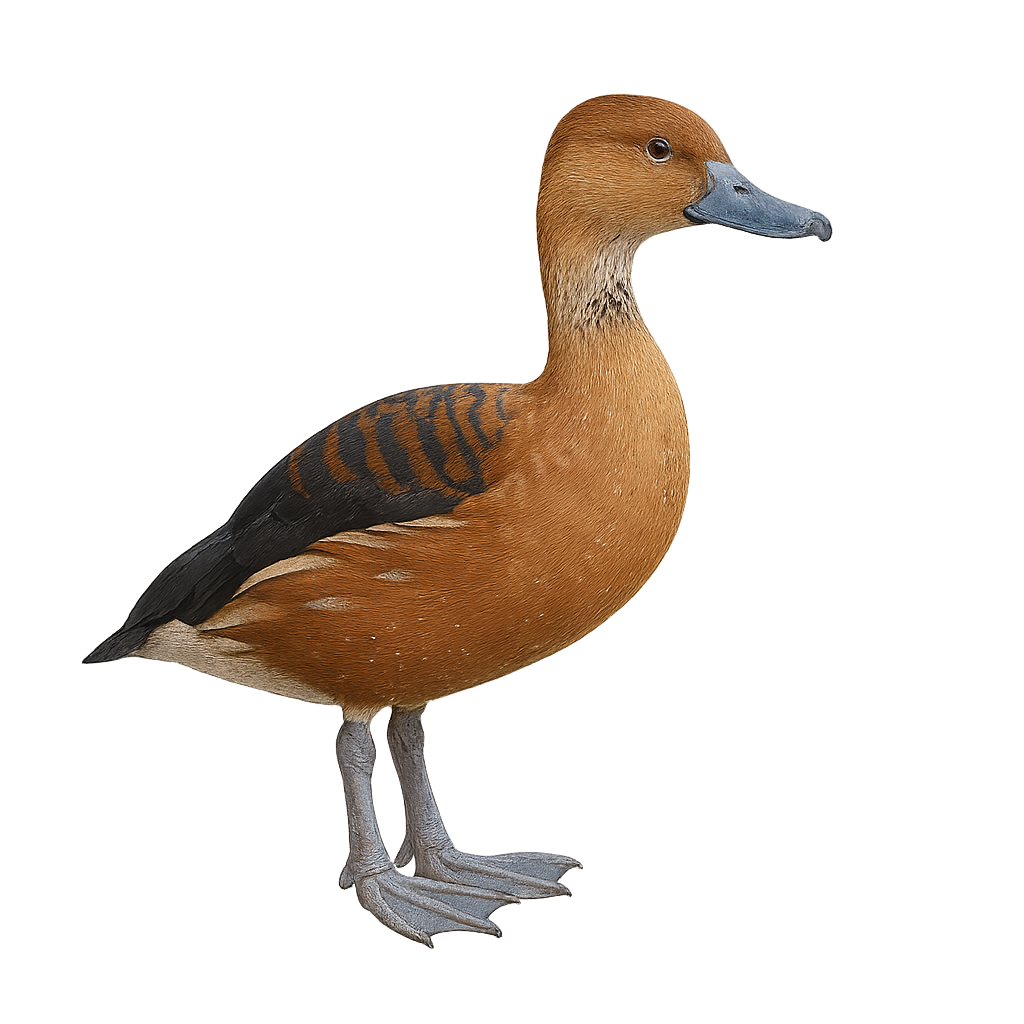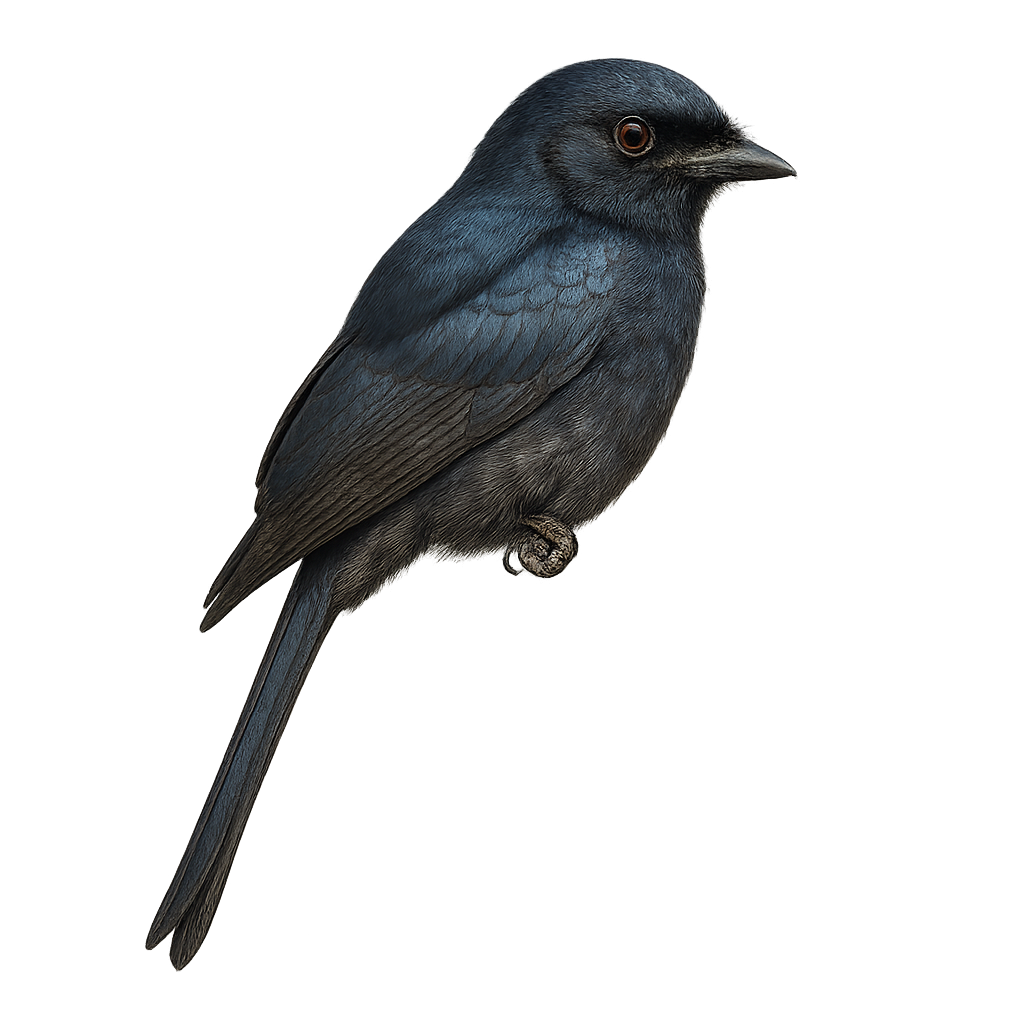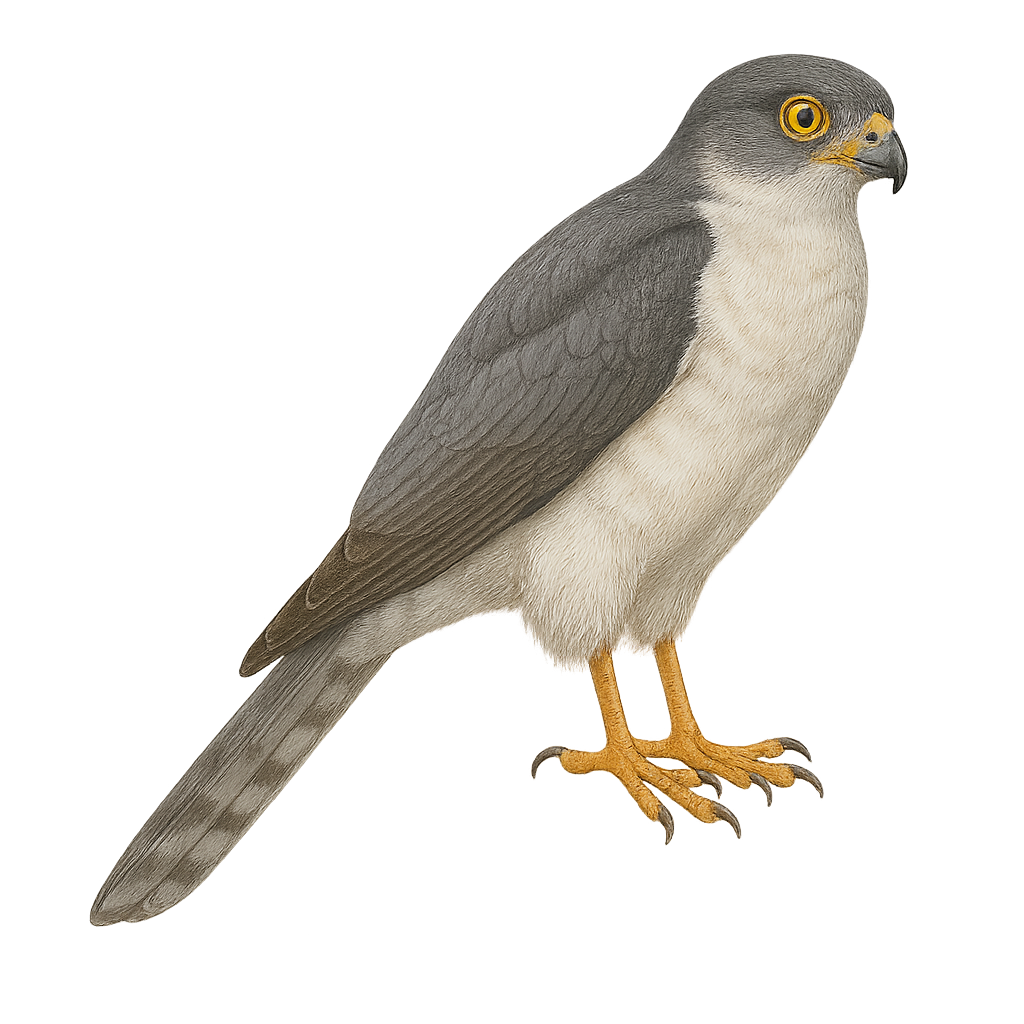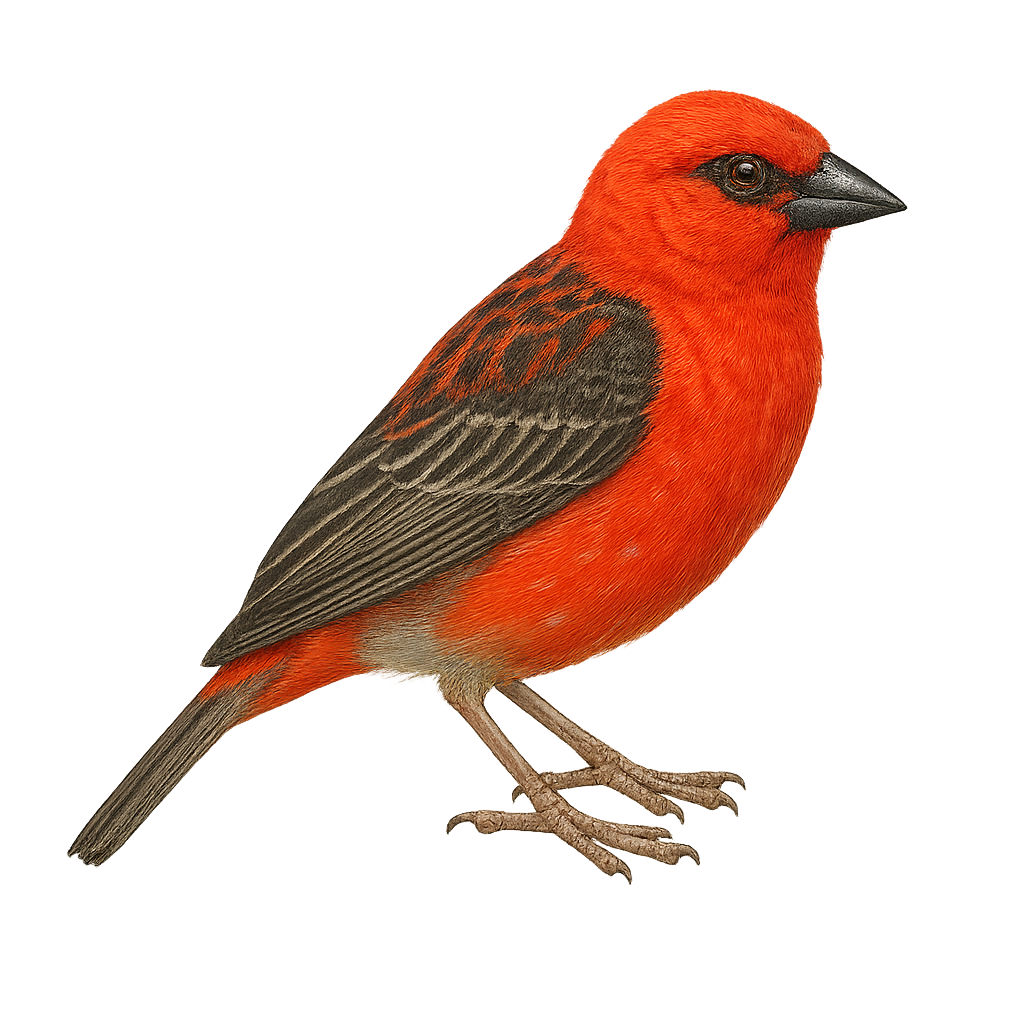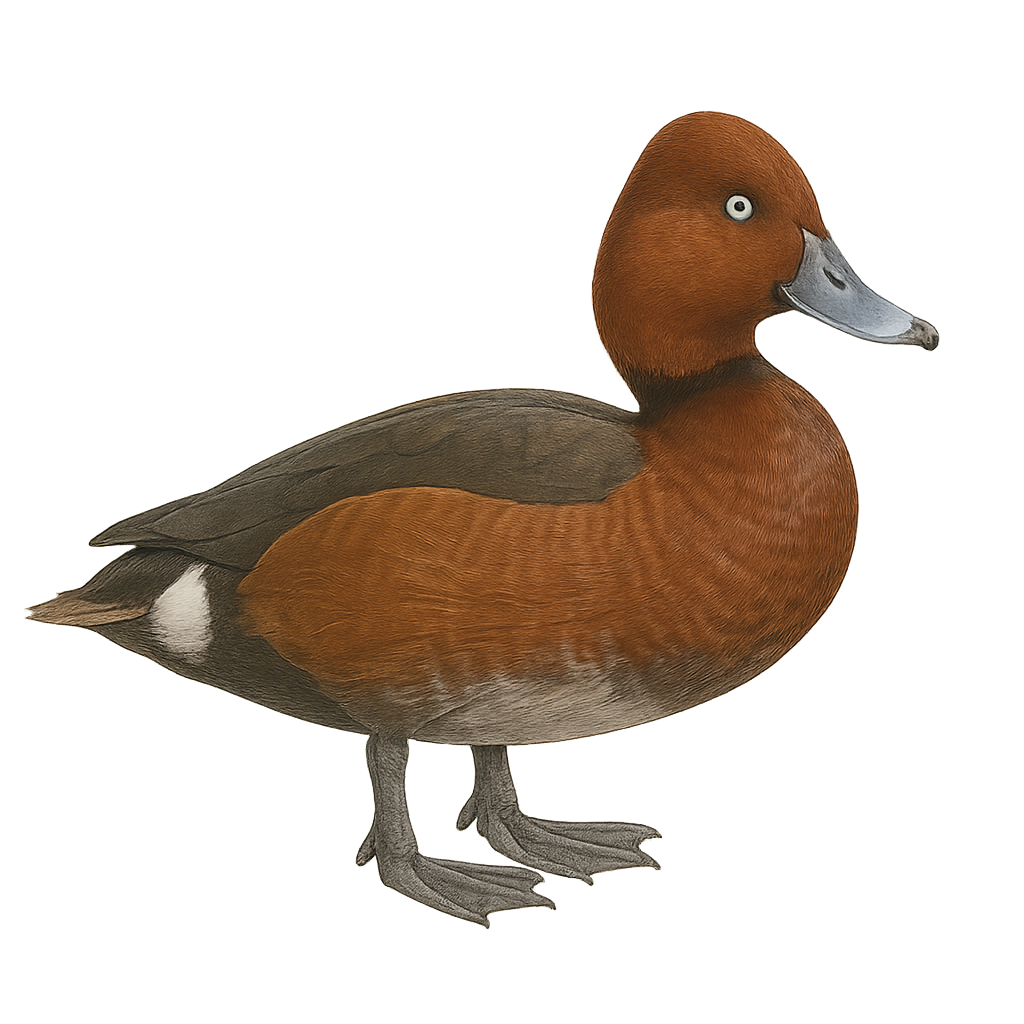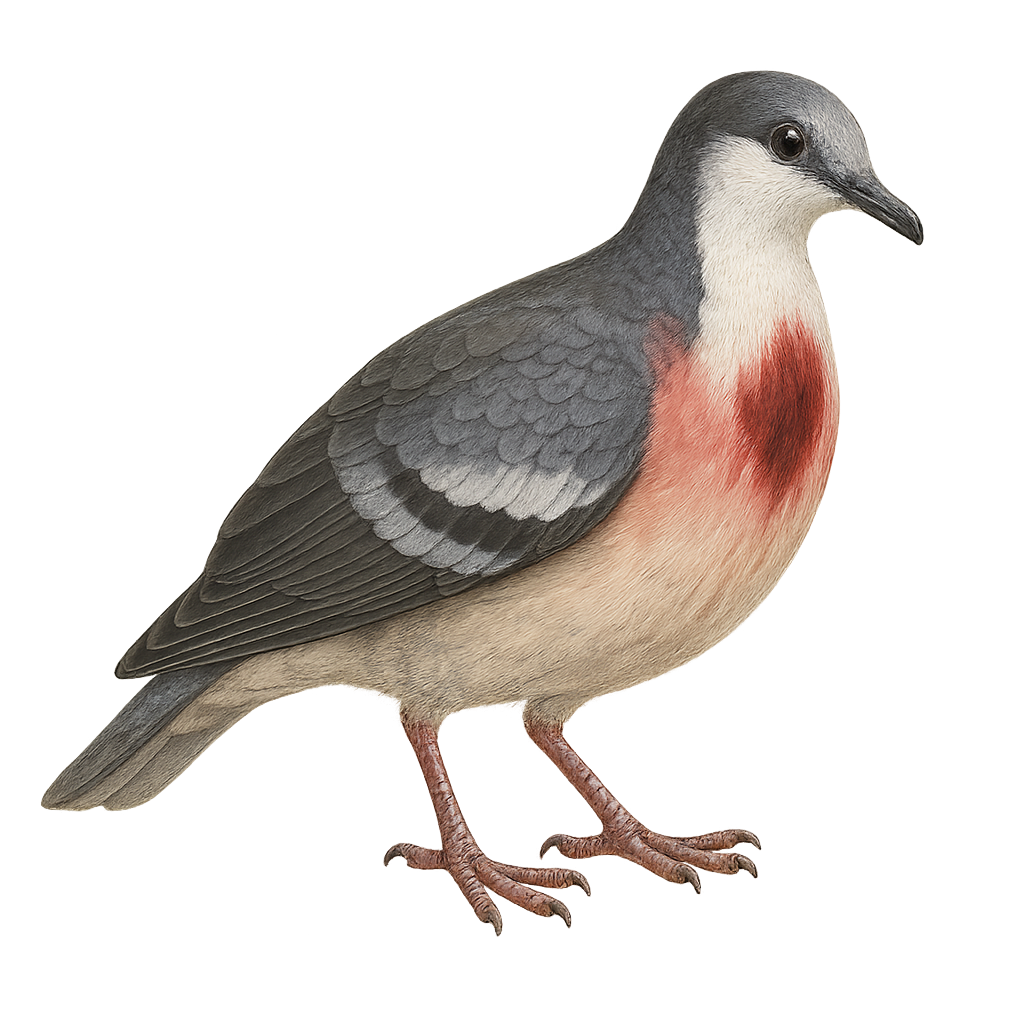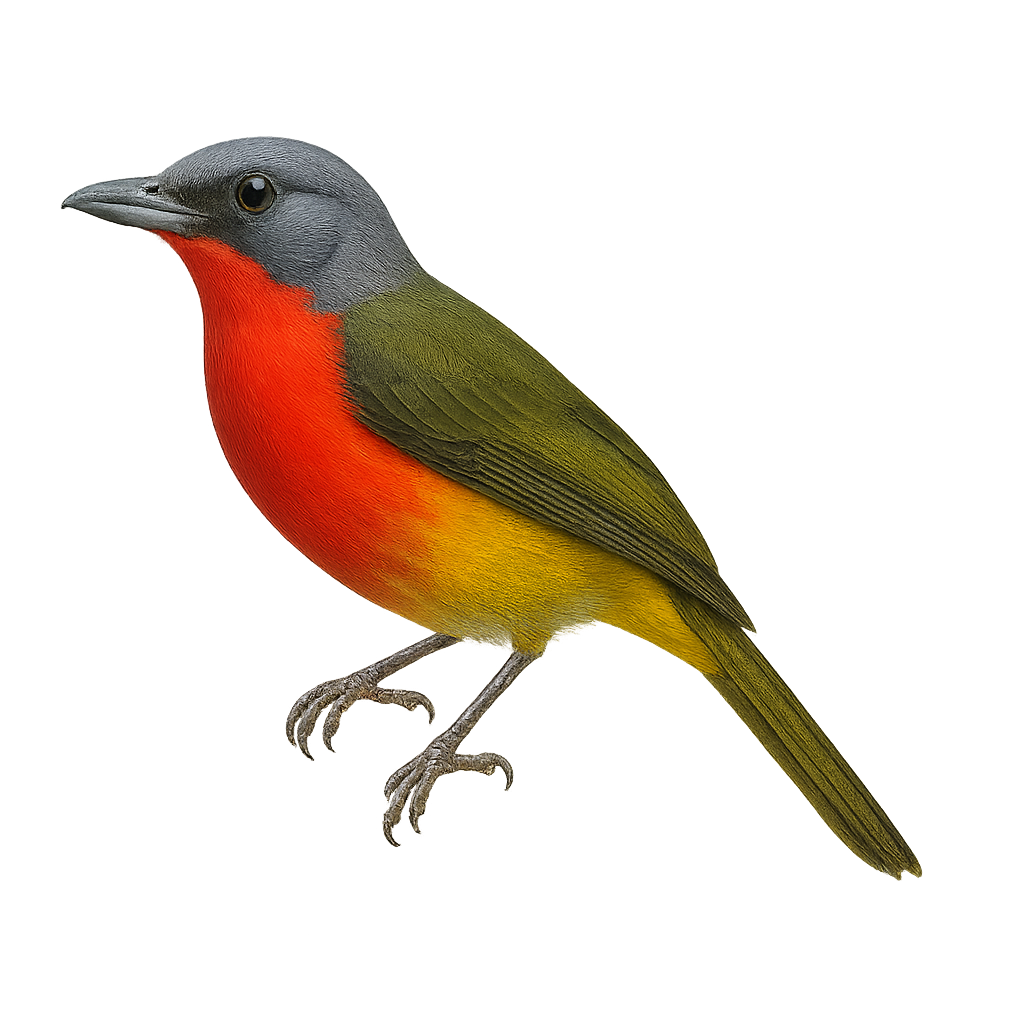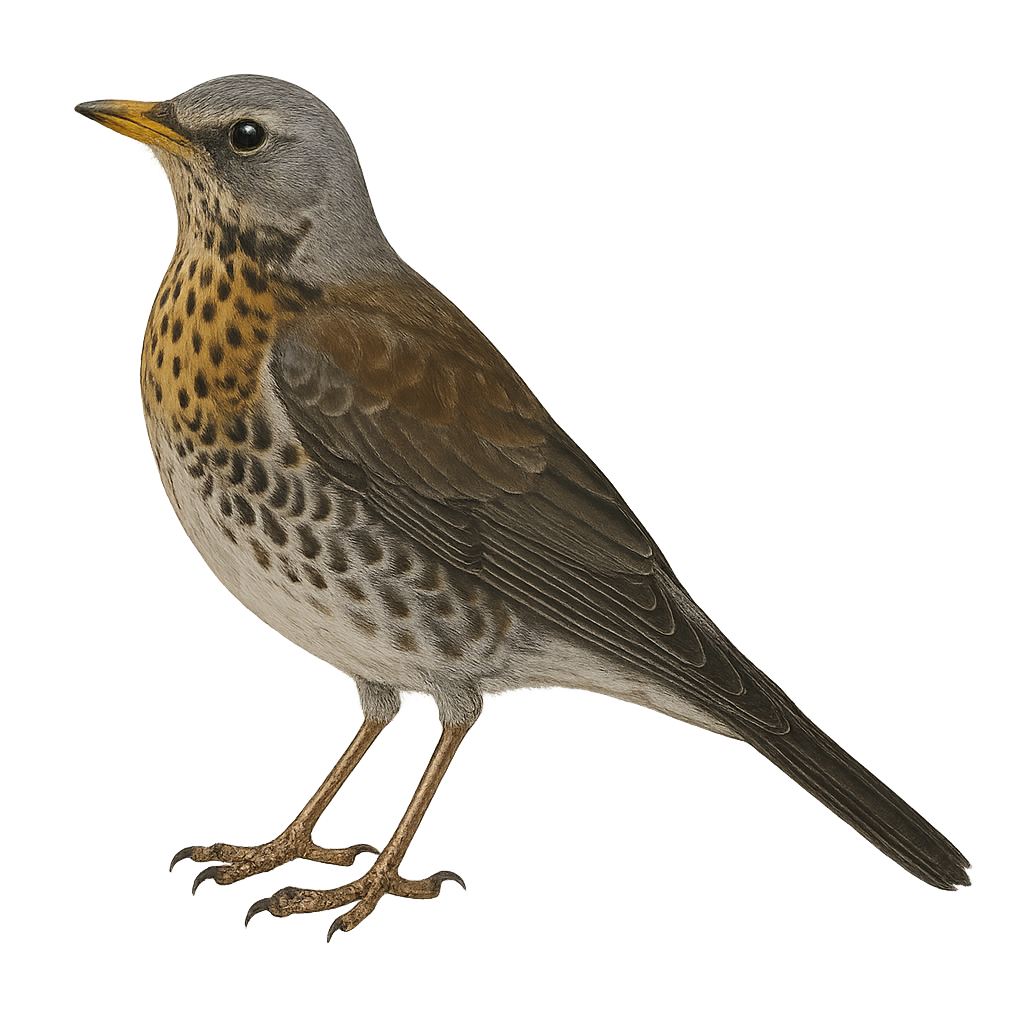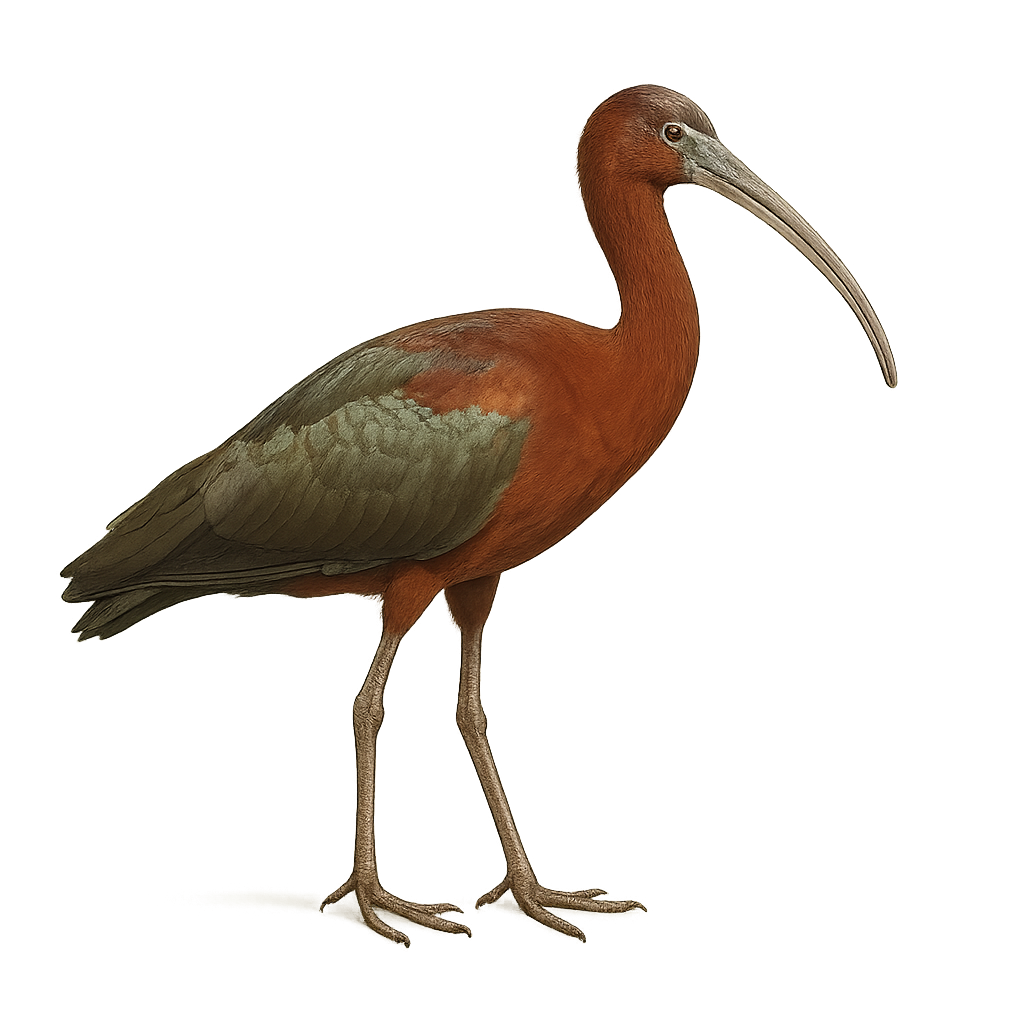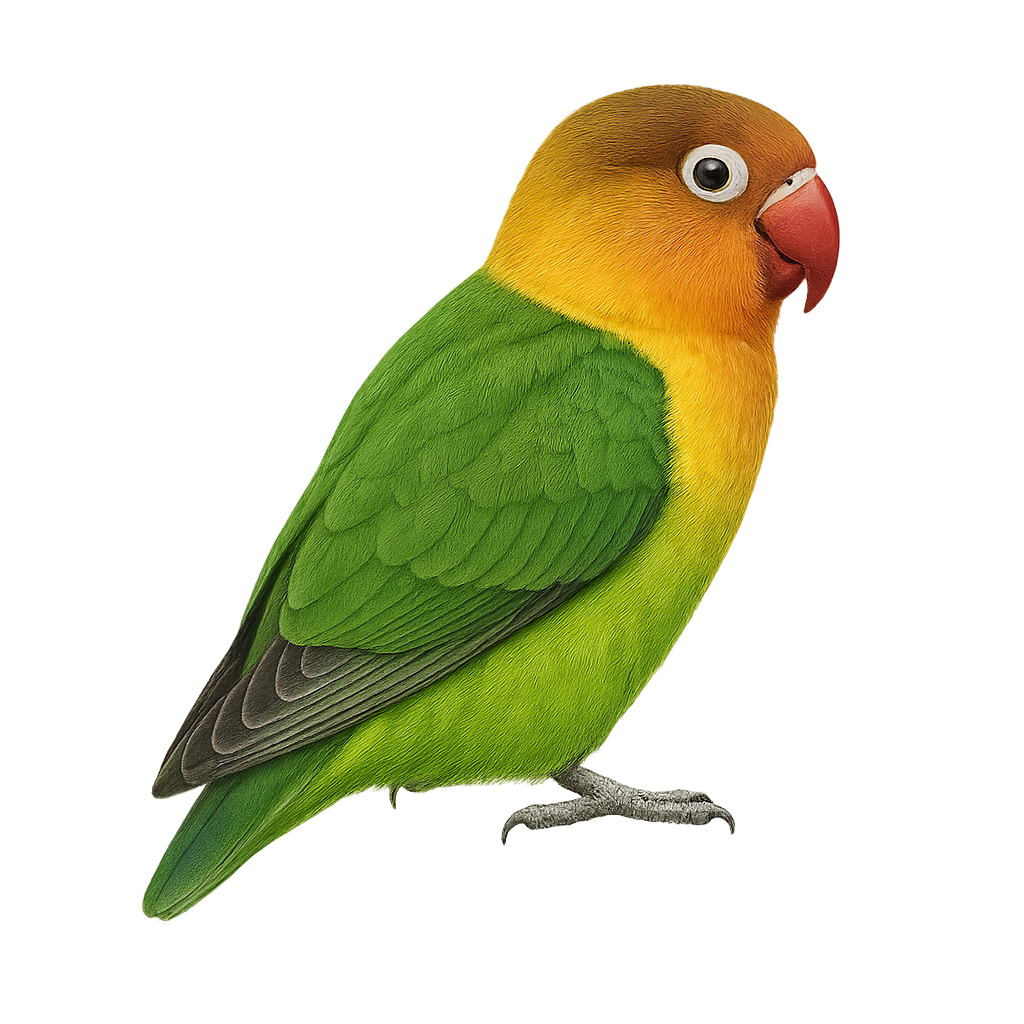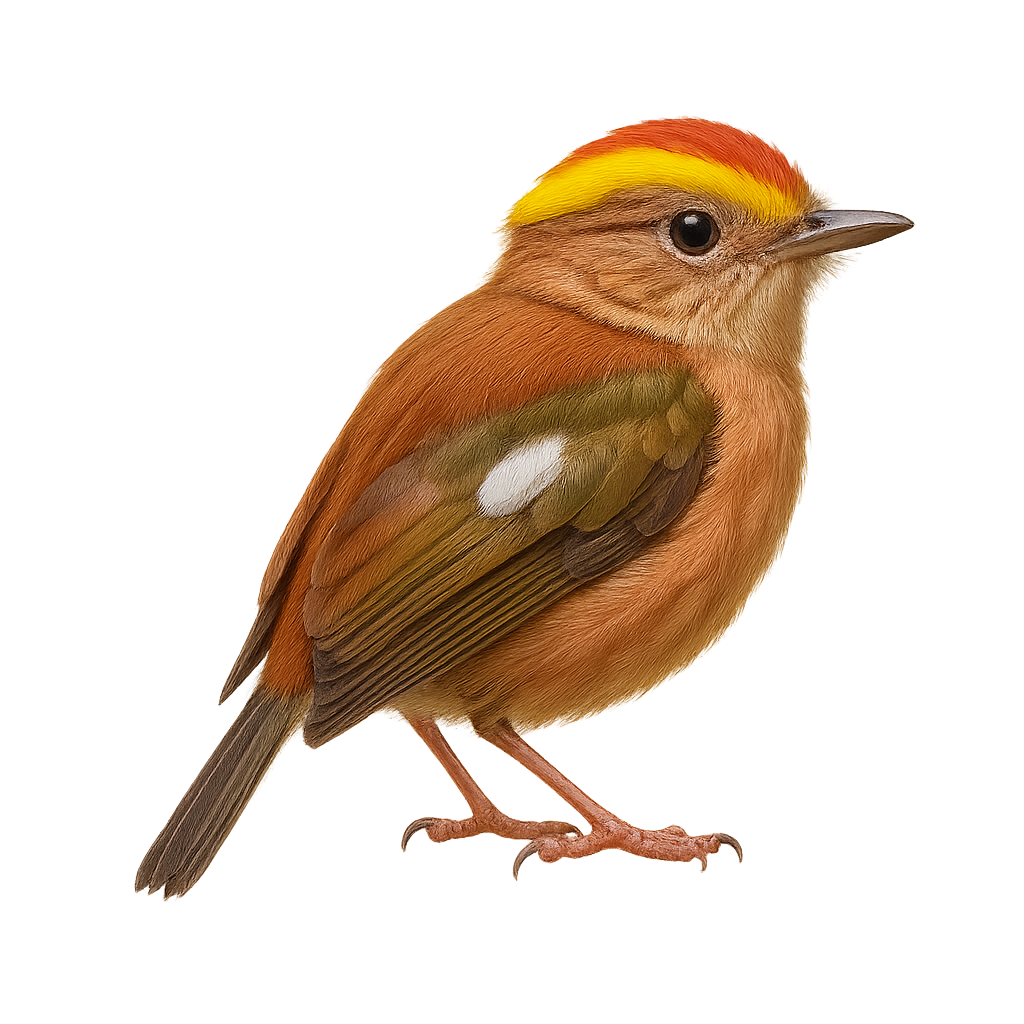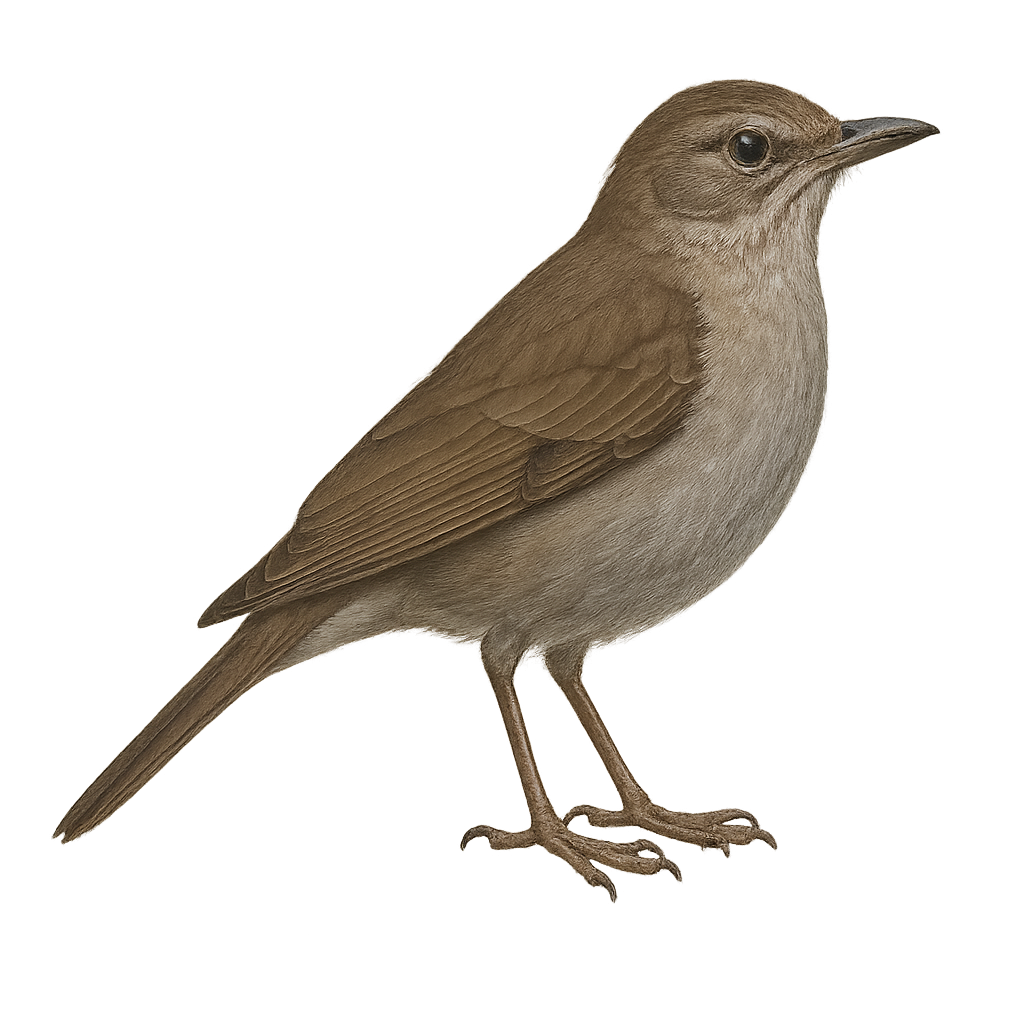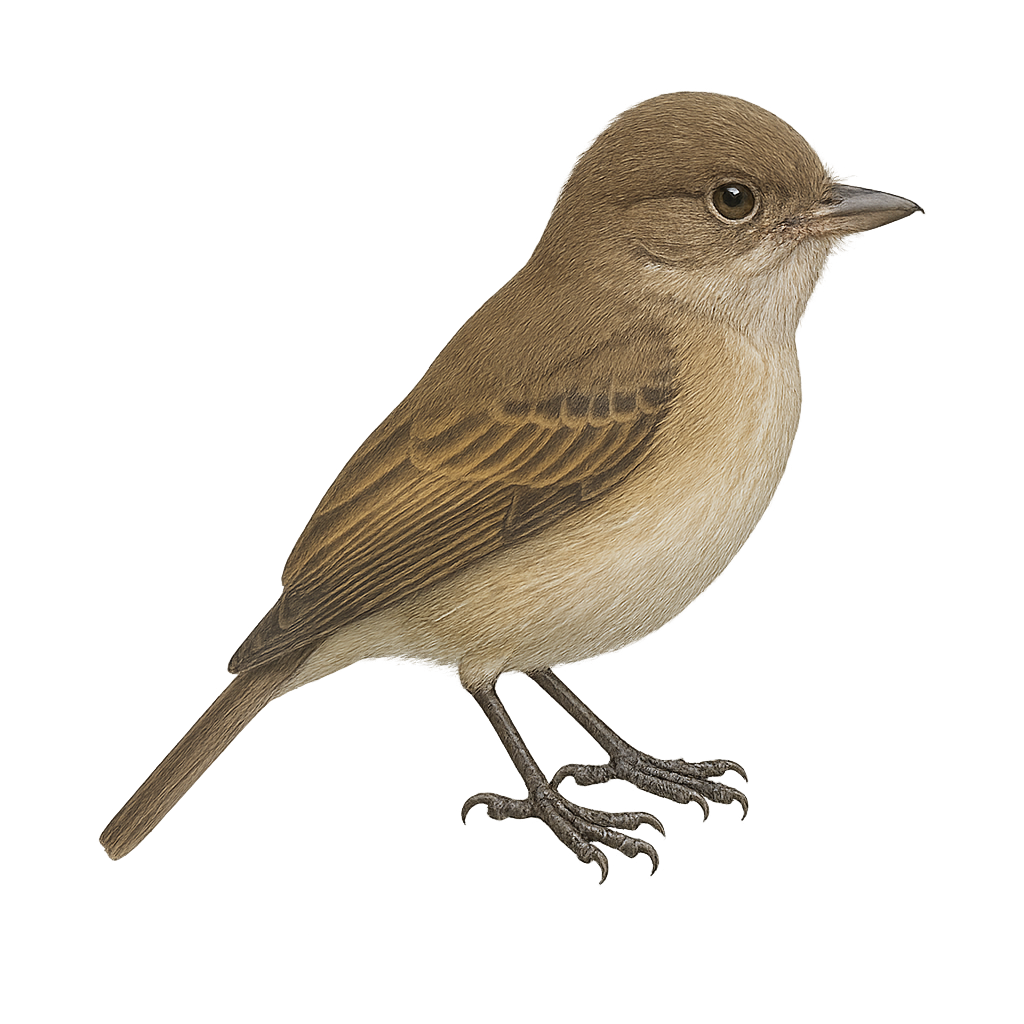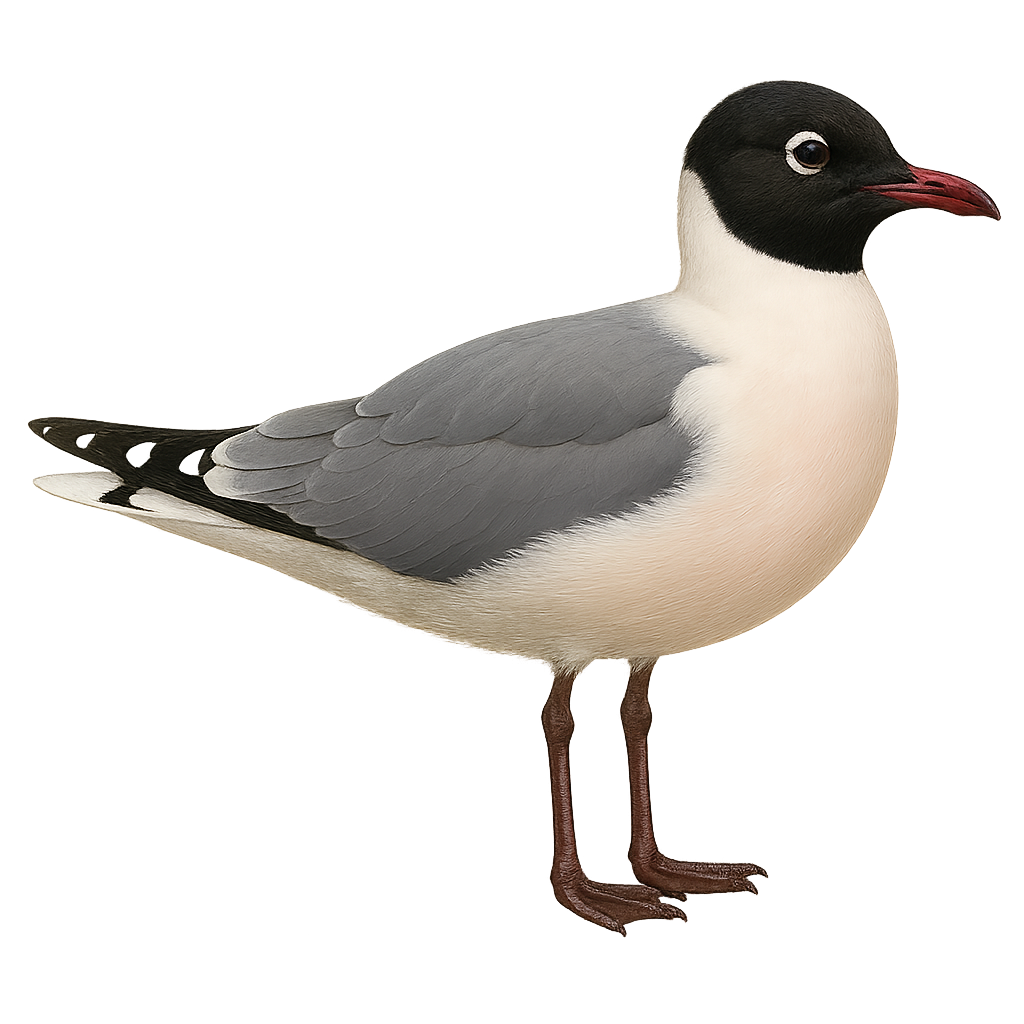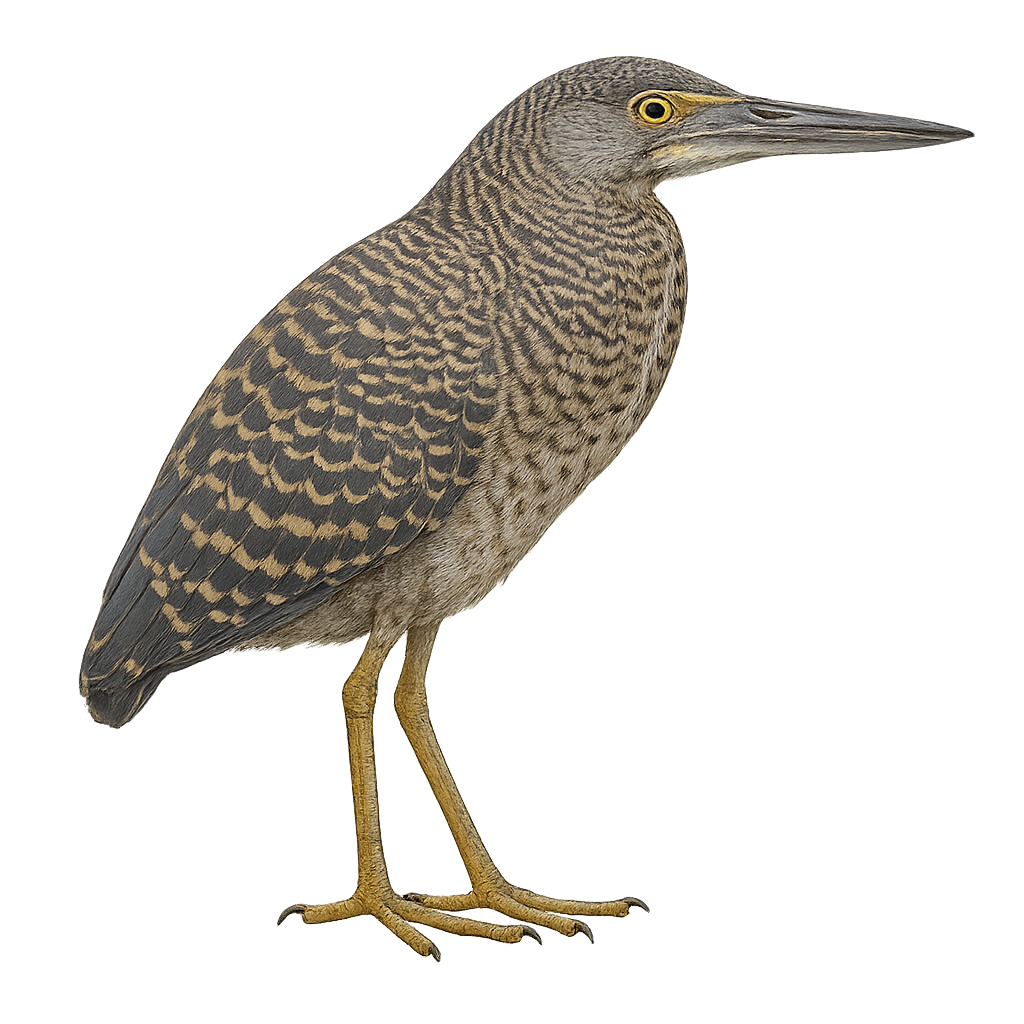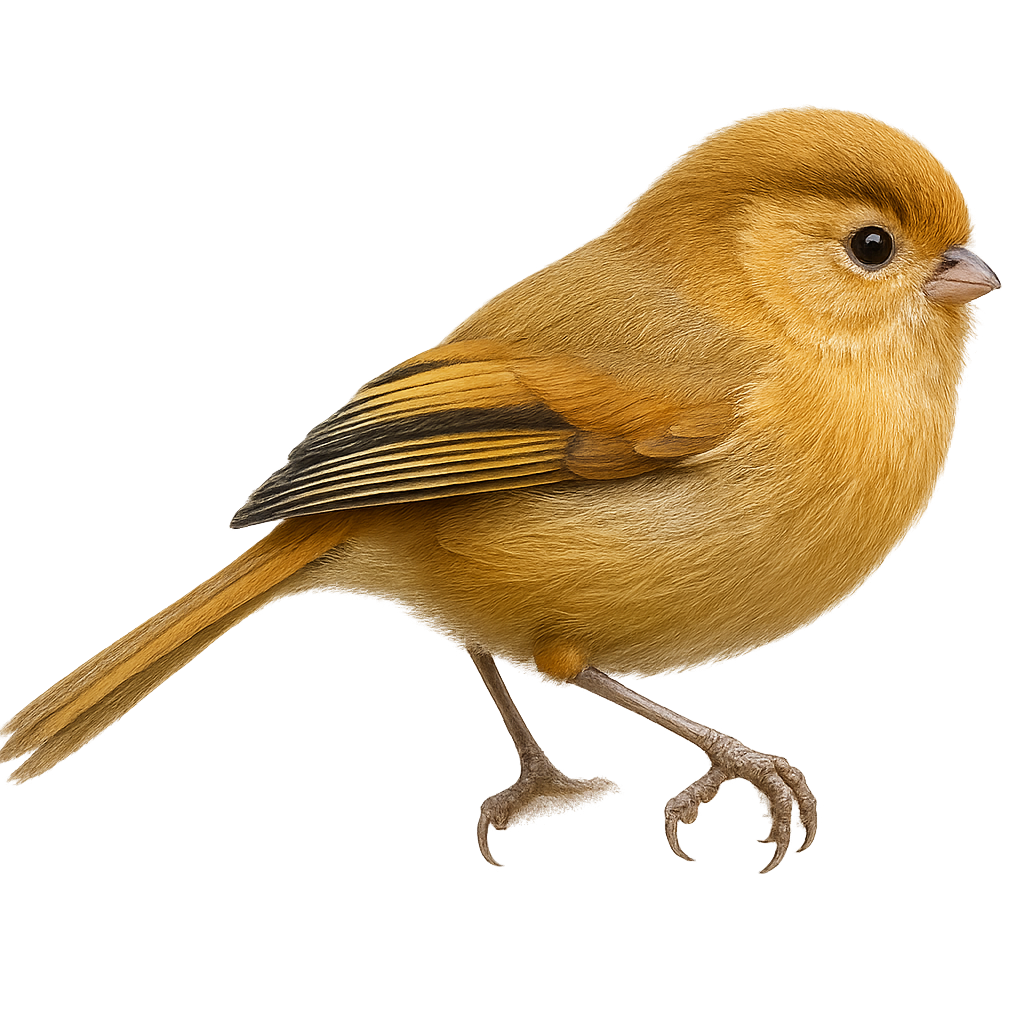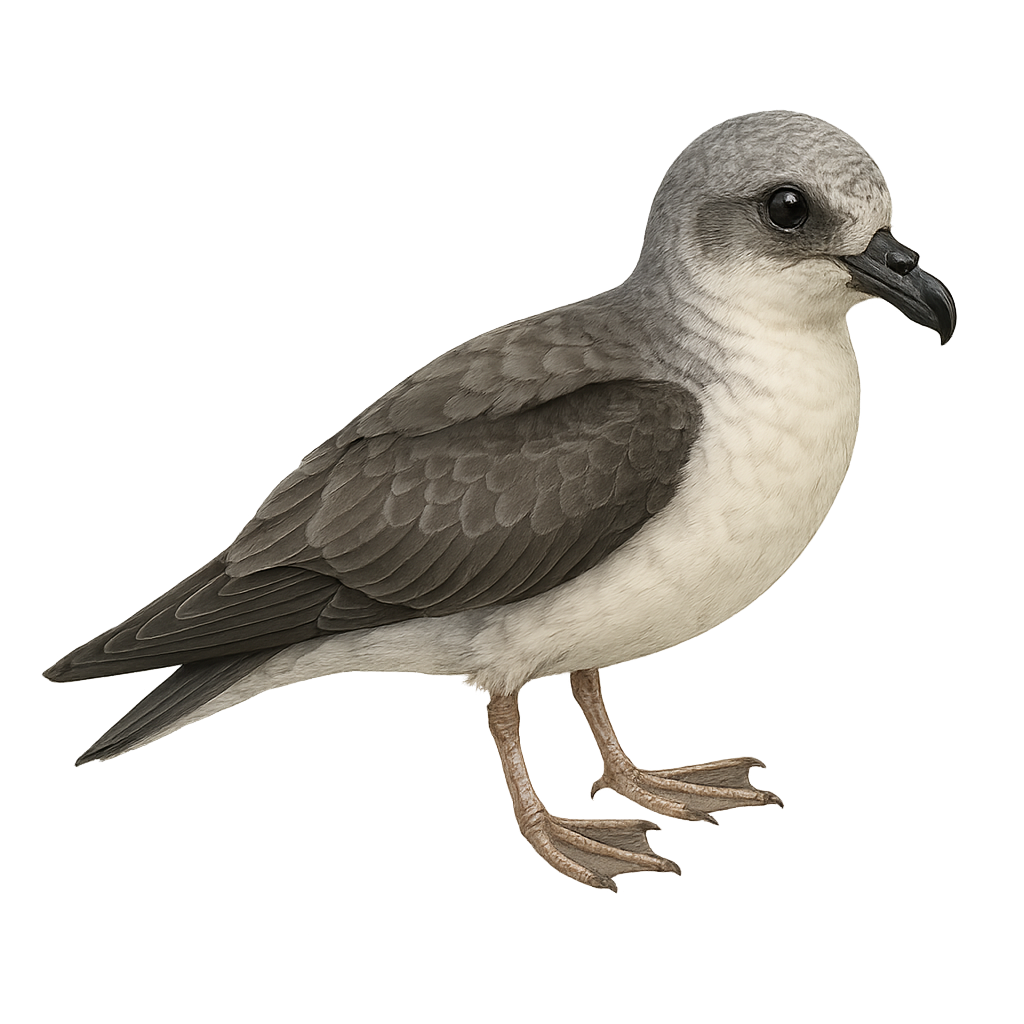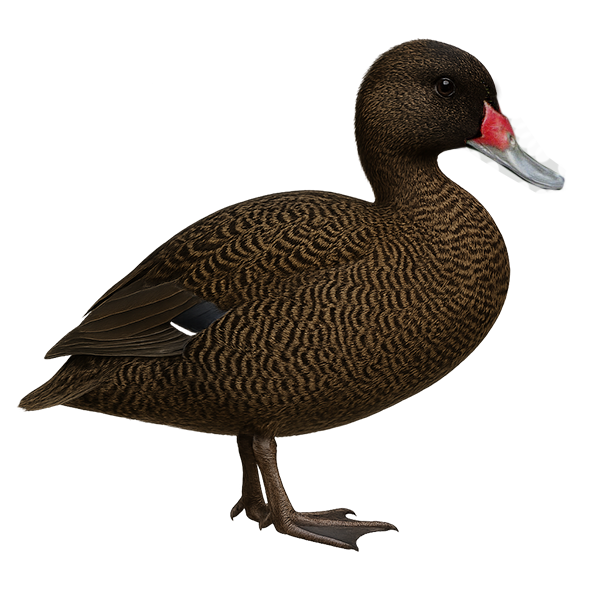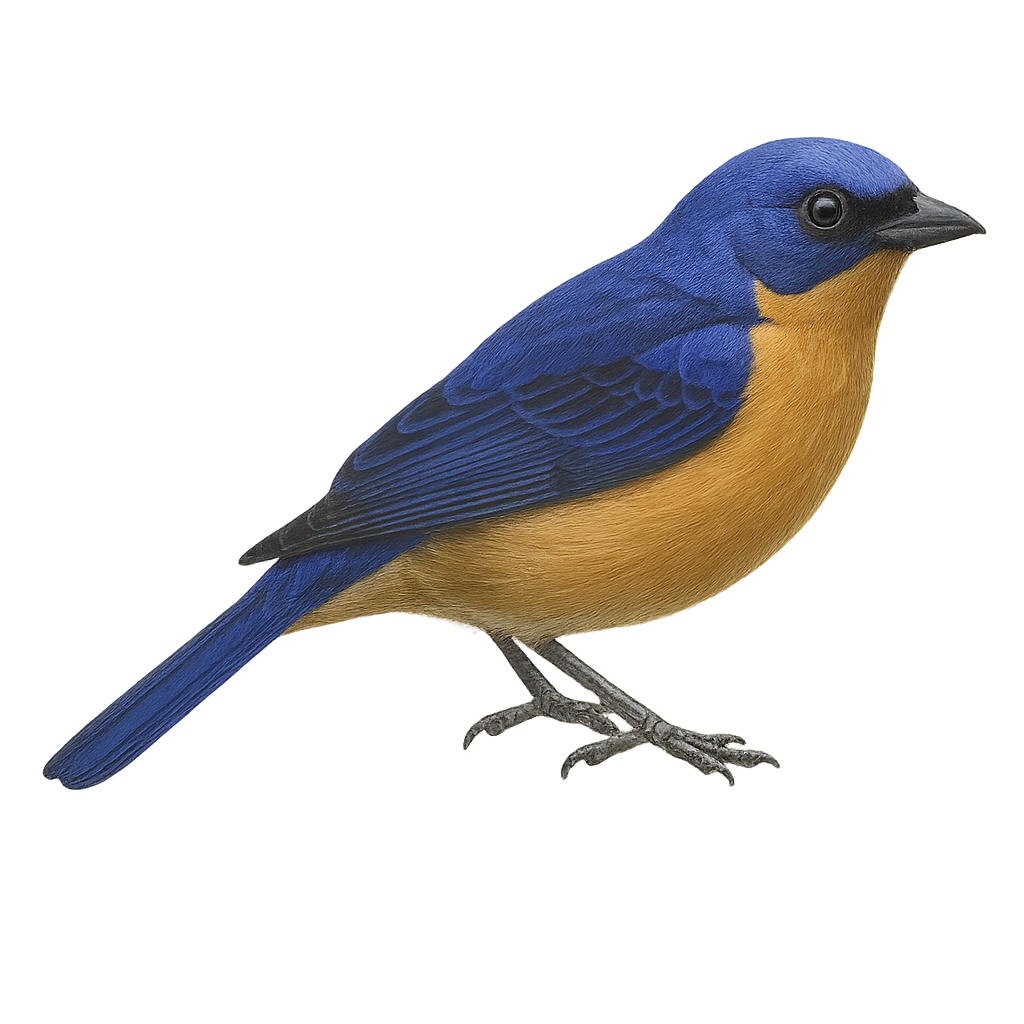The Fiery-billed Aracari is a colorful and fascinating bird, endemic to the humid tropical forests of Costa Rica and western Panama. It is distinguished by its large, colorful bill, primarily orange-red with a black base. Its plumage is a vibrant mix of green, yellow, and red, making it easily recognizable. This bird measures about 40 cm in length and weighs between 200 and 250 grams. It typically lives in small groups and primarily feeds on fruits, but it can also consume insects and small vertebrates. The Fiery-billed Aracari plays a crucial role in seed dispersal, thus contributing to forest regeneration.
The Flightless Steamer Duck, or Tachyeres pteneres, is a waterfowl species endemic to the coasts of Patagonia in South America. Recognizable by its grayish plumage and large size, it is flightless, setting it apart from other ducks. This duck is mainly observed along rocky shores, where it feeds on mollusks and crustaceans. Males are generally larger than females and have a bright orange bill. Their territorial behavior is pronounced, especially during the breeding season. Although they are not very shy, they prefer isolated areas away from human disturbances. Their population is stable, but their habitat is vulnerable to environmental changes.
The Fairy Pitta, known scientifically as Pitta nympha, is a medium-sized bird renowned for its dazzling plumage that features shades of blue, green, red, and black. This migratory bird is primarily found in East Asia, particularly in China, Japan, and Korea. It prefers dense, humid forests where it feeds mainly on insects and small invertebrates. The Fairy Pitta is often difficult to spot due to its elusive behavior and dense habitat. It is currently classified as vulnerable due to habitat loss and increasing deforestation in its breeding and wintering areas.
The Flame-faced Tanager, Tangara schrankii, is a vibrant bird found in the tropical forests of South America. It is easily identified by its bright orange head contrasting with its blue-green body. This small passerine measures about 13 cm in length and weighs between 18 and 22 grams. It primarily inhabits lowland and mid-elevation humid forests, feeding on fruits, insects, and nectar. Its song is melodious, consisting of clear, repeated notes. The Flame-faced Tanager is often seen in small groups, sometimes alongside other tanager species. Although relatively common in its natural habitat, deforestation poses a threat to its population.
The Fork-tailed Woodnymph, or Thalurania furcata, is a captivating bird found in the tropical forests of South America. This small hummingbird is known for its dazzling plumage, featuring metallic green and blue hues. Males display a distinctive forked tail, while females have a more subdued appearance. They primarily feed on nectar, which they extract while hovering from flower to flower, but they also consume small insects to supplement their diet. Their fast and agile flight allows them to maneuver easily among branches and flowers. These birds are often seen in dense undergrowth and tropical gardens, where they play a crucial role in plant pollination.
The Featherston's Shag is a marine bird species endemic to certain coastal regions of New Zealand. It is characterized by its glossy black plumage, often with metallic sheens, and striking blue eyes. This cormorant is typically seen in small groups, nesting on steep cliffs or rocky islets. It primarily feeds on fish and small marine invertebrates, which it skillfully captures by diving underwater. Although its flight is powerful and direct, it spends much time resting on rocks, wings spread to dry its feathers. This species is considered vulnerable due to its limited distribution and threats to its natural habitat.
The Far Eastern Curlew, or Numenius madagascariensis, is a large wader with a brownish plumage and a distinctive long, downward-curved bill. This unique bill is perfect for probing mudflats for food, mainly invertebrates. It frequents coastal wetlands and estuaries, often seen in small flocks. As a migratory bird, it travels long distances between its breeding grounds in Siberia and its wintering areas in Australia and Southeast Asia. Unfortunately, this species is threatened by habitat loss, primarily due to urbanization and agriculture. Conservation efforts are crucial to ensure its long-term survival.
The Fulvous Whistling Duck is a medium-sized waterfowl, recognizable by its tawny-brown plumage and darker wings. It features a long neck and gray legs and is known for its distinctive whistling call. It is primarily found in wetlands, such as marshes and rice fields, where it feeds on seeds, aquatic plants, and insects. Social in nature, it often forms large flocks, especially outside the breeding season. Its geographical range includes tropical regions of America, Africa, and Asia. Although generally not very shy, it can be cautious in the presence of potential threats.
The Fork-tailed Drongo, Dicrurus adsimilis, is a medium-sized bird known for its glossy black plumage and distinctive forked tail. It is commonly found in open forests, savannas, and agricultural areas across sub-Saharan Africa. This drongo is noted for its bold and aggressive behavior, often attacking larger predators to defend its territory. It primarily feeds on insects but can also consume small vertebrates. Its varied and melodious song is often heard at dawn and dusk. The Fork-tailed Drongo is also famous for its ability to mimic the calls of other birds, allowing it to deceive competitors and steal their food.
The Frances's Sparrowhawk, or Accipiter francesiae, is a small raptor endemic to Madagascar. This agile predator is recognizable by its slender silhouette and short, rounded wings, ideal for maneuvering through dense forests. Its plumage is generally gray on top and white with brown streaks underneath, allowing it to blend into its environment. It primarily feeds on small birds, insects, and occasionally small mammals. The Frances's Sparrowhawk is a discreet bird, often difficult to observe due to its shy behavior. It plays a crucial role in controlling the populations of its prey, thus contributing to the ecological balance of its habitat.
The Forest Fody, or Foudia omissa, is a small bird endemic to Madagascar. It is primarily recognizable by its bright red plumage in males, while females display more subdued shades of brown and gray. This passerine is mainly found in the island's humid forests, where it feeds on seeds, insects, and small fruits. The Forest Fody is a sociable bird, often seen in small groups. Its breeding season coincides with the rainy season, providing an abundance of food for the young. Although relatively common, deforestation poses a threat to its natural habitat.
The Ferruginous Duck is a small diving duck measuring between 38 and 42 cm in length with a wingspan of 63 to 67 cm. The male has a dark chestnut plumage with white undertail coverts and distinctive white eyes. The female is duller brown with dark brown eyes. This species inhabits shallow lakes, marshes, and ponds rich in aquatic vegetation, preferring calm areas with dense reed beds. It feeds mainly on seeds and aquatic plants, supplemented by mollusks, aquatic insects, and small fish. The Ferruginous Duck is migratory, breeding in Eastern Europe and Asia, and wintering in North Africa, South Asia, and around the Mediterranean. Listed as Near Threatened by the IUCN, it faces habitat loss, pollution, and illegal hunting.
The Pampusana stairi, commonly known as the Friendly Ground Dove, is a bird species endemic to the South Pacific islands, particularly Samoa and Tonga. This medium-sized pigeon is recognizable by its grey-blue plumage with metallic sheen on the wings and a white chest. It prefers dense forests and wooded areas, where it primarily feeds on seeds and fallen fruits. Though discreet, it plays a crucial role in seed dispersal, aiding forest regeneration. Its population is threatened by deforestation and the introduction of non-native predators, leading to its classification as a vulnerable species by the IUCN.
The Fiery-breasted Bushshrike is a bird with vibrant plumage, primarily bright red on the chest and belly, contrasting with an olive-green back. This passerine, belonging to the Malaconotidae family, is known for its melodious and powerful song. It primarily inhabits the humid tropical forests of Central and West Africa, where it feeds on insects and small invertebrates. Although discreet, it can be observed in pairs or small groups. Its ability to blend into dense foliage sometimes makes it difficult to spot. Its conservation status is currently stable, but deforestation could threaten its habitats in the future.
The Forbes's Plover, scientifically known as Charadrius forbesi, is a medium-sized bird belonging to the Charadriidae family. It is characterized by its light brown plumage on the back and white on the belly, with a distinctive black band across the chest. Adults have a dark brown cap and a black bill. This plover is primarily found in the savannas and wet grasslands of West Africa, where it feeds on insects, worms, and small crustaceans. It is often seen in small groups, moving quickly on the ground in search of food. Although its conservation status is currently considered "least concern," habitat degradation could pose a future threat.
The Forbes's Plover, or Charadrius forbesi, is a medium-sized bird belonging to the Charadriidae family. It is primarily found in West Africa, particularly in Nigeria, Ghana, and Ivory Coast. This bird prefers open habitats such as grassy plains and wetlands. It is characterized by its brown-grey plumage with a black breast band and white belly. The beak is black, and the legs are yellowish. The Forbes's Plover is a diurnal bird, often seen foraging for food, mainly insects and small invertebrates, on the ground. Although its conservation status is currently considered of least concern, habitat degradation could pose future threats.
The fieldfare, Turdus pilaris, is a medium-sized bird belonging to the Turdidae family. It is characterized by its grey head and rump, contrasting with a brown back and a white belly speckled with black. This bird is often seen in flocks, especially in winter, when it migrates south to escape the cold. The fieldfare primarily feeds on berries, fruits, and insects, which it finds in meadows, orchards, and open forests. It is known for its melodious song and loud alarm calls when threatened. During the breeding season, it builds its nest in trees, often in loose colonies, and vigorously defends its territory against predators.
The Glossy Ibis is an elegant bird, easily recognizable by its iridescent brown-green plumage and its long, curved bill shaped like a sickle. It measures about 60 to 70 cm in length, with a wingspan of 1.1 to 1.2 meters, and weighs between 350 and 500 g. Its plumage is generally dark, with metallic shades of green and bronze that shine in the light. The Glossy Ibis is also distinguished by its long, slender legs and graceful neck. This bird primarily inhabits wetlands, such as marshes, rivers, and shallow lakes, where it feeds on small aquatic invertebrates, mollusks, insects, and fish. It uses its long, curved bill to probe in the water and mud in search of food. The Glossy Ibis is a migratory species, living in colonies during the breeding season. It is primarily found in Europe, North Africa, the Middle East, and South Asia. While the species is not immediately endangered, it is sensitive to habitat loss and water pollution.
The Fischer's Lovebird is a small, colorful parrot native to northern Tanzania. It is easily recognizable by its bright green plumage, orange head, and red beak. Measuring about 14 cm in length, it is often seen in noisy flocks. These birds are known for their social behavior and ability to form strong bonds with their partners. They primarily inhabit savannas, woodlands, and grasslands, where they feed on seeds, fruits, and berries. Nesting usually occurs in tree cavities, and they are known for their ability to use various materials to build their nests.
The Fiery-capped Manakin, or Machaeropterus pyrocephalus, is a small, colorful bird primarily found in the humid forests of South America. It is easily recognizable by its bright red head contrasting with its olive-green body. Males are particularly known for their spectacular courtship displays, performing complex dances to attract females. These birds are generally solitary but can be seen in small groups during the breeding season. Their diet mainly consists of fruits and insects. Although their habitat is threatened by deforestation, they are currently classified as "least concern" by the IUCN.
The Fea's Thrush, or Turdus feae, is a rare and elusive bird primarily found in the humid forests and wooded areas of São Tomé Island. This medium-sized bird features an olive-brown plumage with lighter shades on its belly. Its melodious and varied song is often heard at dawn and dusk. Although its habitat is limited, it plays a crucial role in the local ecosystem by aiding in seed dispersal. The Fea's Thrush is a vulnerable species due to deforestation and habitat loss. Its conservation is vital to maintaining the ecological balance of its insular environment.
The Fuscous Flycatcher, or Cnemotriccus fuscatus, is a small passerine bird belonging to the Tyrannidae family. It is primarily found in the tropical and subtropical forests of South America, particularly in Brazil, Argentina, and Bolivia. Its plumage is generally brown with lighter shades on the belly, allowing it to blend into its surroundings. This bird is known for its distinctive song, often heard at dawn. It feeds mainly on insects, which it catches in flight. The Fuscous Flycatcher is a territorial bird, often seen alone or in pairs. Although not currently threatened, deforestation could impact its natural habitats.
The Franklin's Gull, Leucophaeus pipixcan, is a medium-sized bird known for its black head during the breeding season, red bill, and red legs. Its plumage is mainly white with gray wings and black wingtips. Often seen in large flocks, especially during migration, it originates from the North American prairies and migrates to South America for the winter. It primarily feeds on insects, small fish, and crustaceans, catching them in flight or while swimming. The Franklin's Gull is known for its sharp calls and graceful flights. It nests in colonies in marshes and shallow lakes, building floating nests with aquatic vegetation.
The Zonerodius heliosylus, commonly known as the Forest Bittern, is a rare and elusive bird primarily found in the tropical forests of New Guinea. This medium-sized heron features dark brown plumage with streaked patterns, allowing it to blend seamlessly into its wooded surroundings. It is often solitary and feeds mainly on small fish, aquatic insects, and crustaceans. Its ability to remain motionless for extended periods makes it an effective predator. Although little studied, it is known for its shy nature and discreet behavior, making it difficult to observe. Its conservation is concerning due to increasing deforestation in its natural habitat.
The Fulvous Parrotbill is a small bird with distinctive plumage, primarily orange with shades of brown and gray. It is recognizable by its short, thick bill, adapted to its diet mainly consisting of seeds and insects. This bird primarily inhabits bamboo forests and dense undergrowth in the mountainous regions of Southeast Asia, notably in China, India, and Myanmar. It is often seen in small flocks, actively moving in search of food. Although its habitat is relatively stable, deforestation and forest fragmentation may pose potential threats to some local populations.
The Fea's Petrel, or Pterodroma feae, is a rare and elusive seabird belonging to the Procellariidae family. It is mainly found in the Cape Verde and Madeira islands, where it nests on steep and inaccessible cliffs. This petrel is characterized by its gray and white plumage, with a dark head and a black bill. It primarily feeds on fish and squid, which it captures by diving into the ocean. A migratory bird, it travels long distances at sea, often far from the coast. Its flight is agile and graceful, alternating between wing beats and glides. Due to its rarity and limited habitat, it is classified as vulnerable by the IUCN.
The Flame-colored Tanager, or Piranga bidentata, is a vibrant bird from the Cardinalidae family, primarily found in the montane forests of Central America. It is distinguished by its bright plumage, ranging from vivid red to orange, and a sturdy beak suited for its varied diet. Males display more vivid colors than females, who are generally duller. This bird is often seen in pairs or small groups, feeding on fruits, insects, and nectar. It plays a crucial role in seed dispersal, aiding forest regeneration. Despite its striking appearance, it can be challenging to spot due to its dense habitat and discreet behavior.
The firecrest is a small passerine bird found primarily in coniferous and mixed forests across Europe and Asia. It is easily recognized by its bright red crown, white and black stripes on its head, and its small size. This tiny bird primarily feeds on insects, which it forages for among leaves and needles in trees. It is also known for its quick movements and high energy.
The Freckled Duck, Stictonetta naevosa, is a waterfowl species endemic to Australia. Recognizable by its brown plumage speckled with white, it has a stocky build and a broad, flat bill. Males and females are similar, although males display a reddish bill during the breeding season. This duck prefers freshwater habitats such as lakes, marshes, and rivers, where it feeds mainly on aquatic plants and invertebrates. Although generally discreet, it can form small groups outside the breeding season. Its conservation status is concerning due to habitat loss and climate change, though it is not yet considered threatened.
The Fawn-breasted Tanager, or Pipraeidea melanonota, is a colorful bird belonging to the Thraupidae family. It is recognized for its vibrant plumage, featuring a black back contrasting with a bright yellow belly and shades of blue on its wings and head. This bird is mainly found in the mountainous regions of South America, particularly in Argentina, Brazil, and Paraguay. It inhabits humid forests, forest edges, and shrublands. The Fawn-breasted Tanager is a diurnal, active, and sociable bird, often seen in small groups. Its diet primarily consists of fruits, nectar, and insects. Although not considered threatened, deforestation and habitat loss can impact its local populations.


